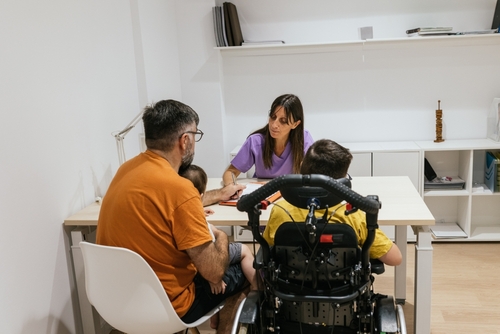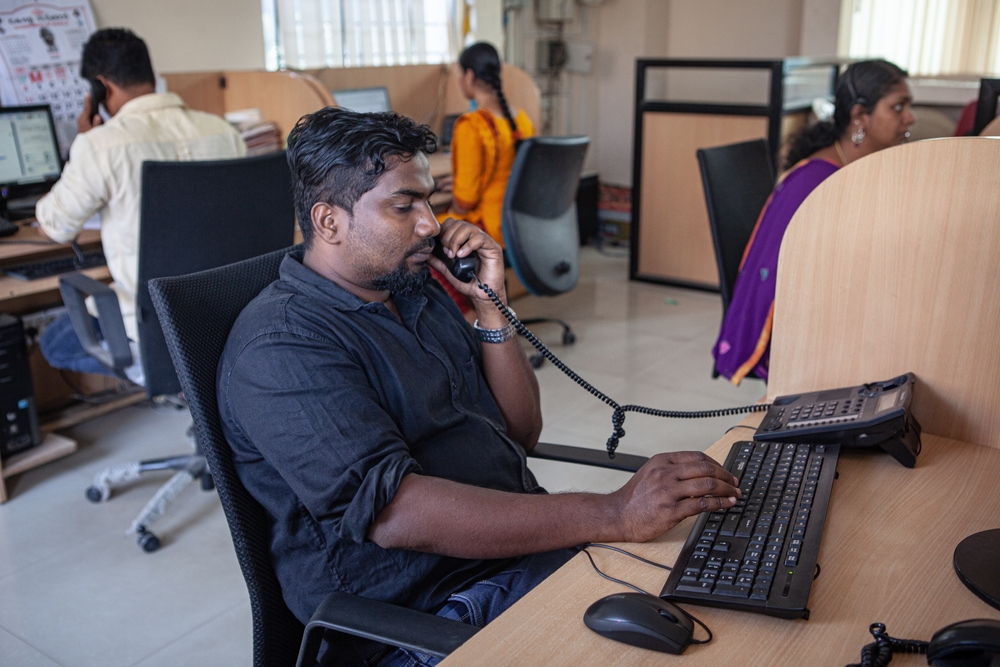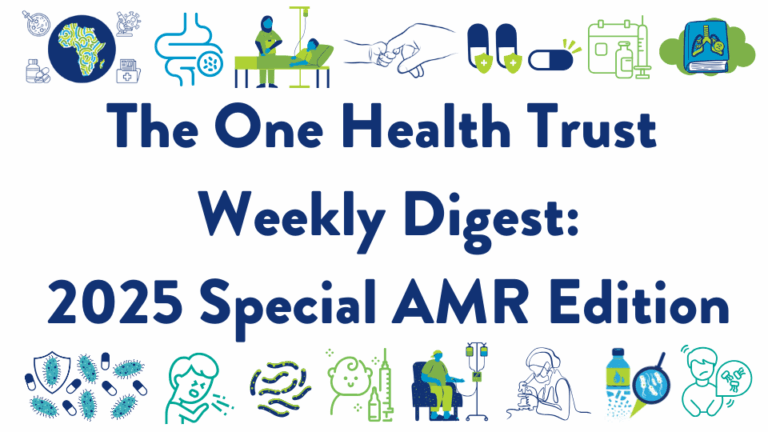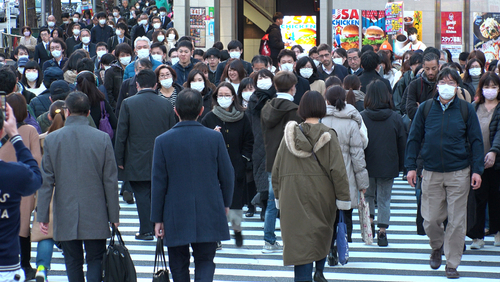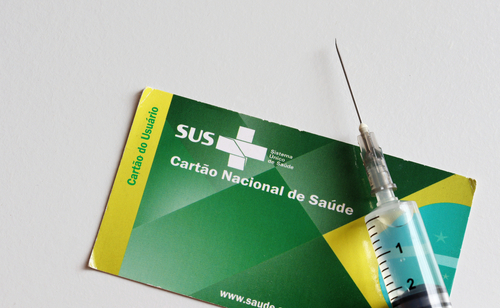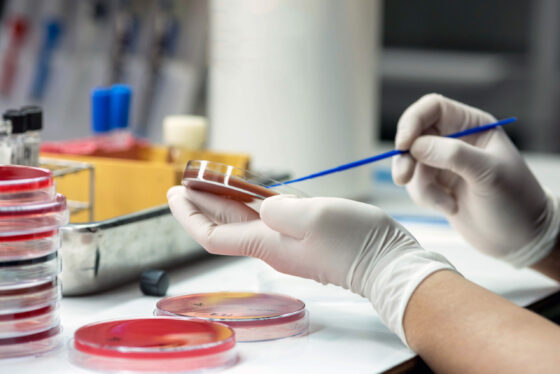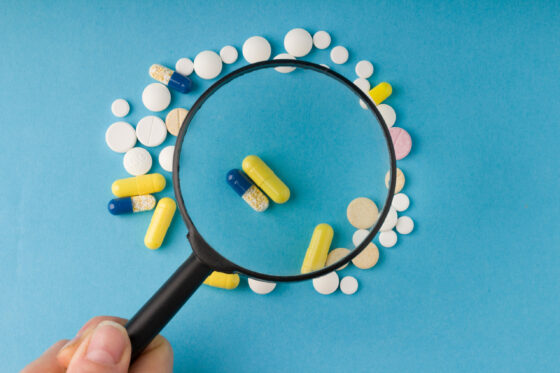April 27, 2020
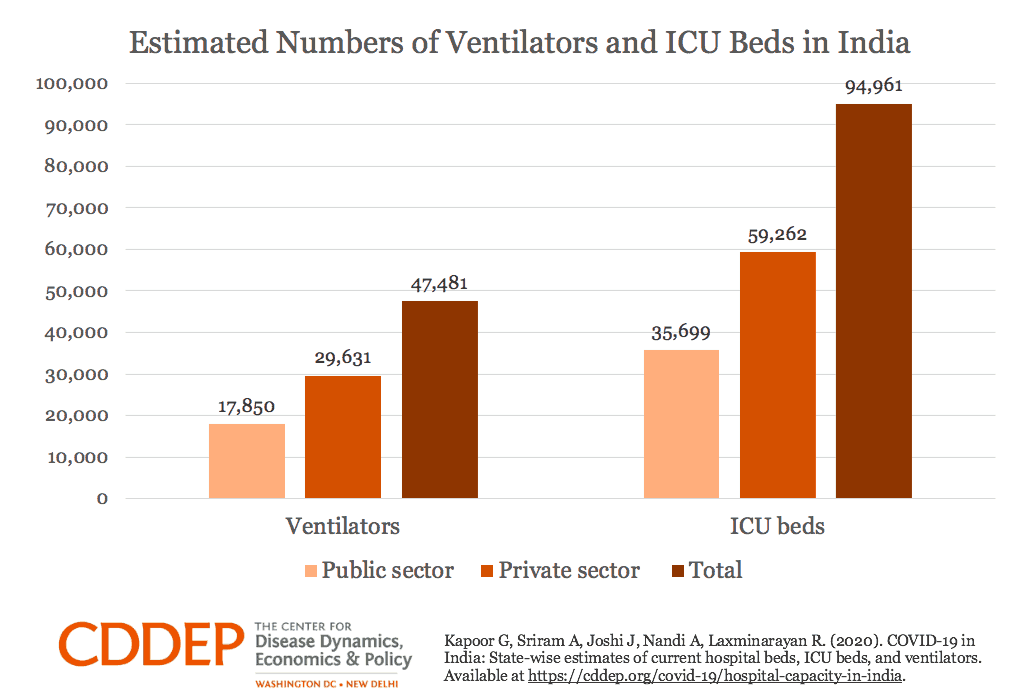
State-wise estimates of current hospital beds, ICU beds, and ventilators in India. Researchers at CDDEP and Princeton University estimated the current number of hospital beds, intensive care unit (ICU) beds and ventilators across 37 states of India. The researchers estimated that India has approximately 1,900,000 hospital beds, 95,000 ICU beds, and 48,000 ventilators. Most of the beds and ventilators in India are spread across seven states – West Bengal (11 percent), Tamil Nadu (10.8 percent), Uttar Pradesh (10.6 percent), Karnataka (9.7 percent), Maharashtra (7.2 percent), Rajasthan (6.5 percent) and Kerala (5.3 percent). [CDDEP]
World hunger could double in 2020 due to the economic impact of COVID-19. According to a report from the World Food Programme and its partners, 265 million people in low- and middle-income countries could face hunger in 2020 due to a decelerating world economy as a result of pandemic COVID-19. This number will nearly double, up from 135 million people in 2019, a majority of whom lived in countries already affected by violent conflict, climate change, or economic crises. The authors note the importance of maintaining food assistance programs during this pandemic to mitigate widespread acute food insecurity. [World Food Programme]
Household transmission of COVID-19 varies by age and relationship to index case. Researchers in Wuhan, China estimated that the secondary attack rate of novel coronavirus to household contacts is 16.3 percent overall, ranging from 4 percent among children to 17.1 percent among adults. Household transmission of the virus is 0 percent when the index case has quarantined themselves since symptom onset compared to 16.9 percent when the index case does not quarantine themselves, and 27.8 percent among spouses of the index cases compared to 17.3 percent among other adult housemates. [Clinical Infectious Diseases]
WHO-recommended hand sanitizers effective at inactivating COVID-19 virus. A CDC Emerging Infectious Diseases article reports that two WHO-recommended hand sanitizers are effective at inactivating the virus that causes COVID-19 (SARS-CoV-2). The study found that SARS-CoV-2 was susceptible to the two alcohol-based hand sanitizers, reducing viral load within 30 seconds of application. Results support the appropriate use of these disinfectants across healthcare systems. [Emerging Infectious Diseases]
Case series describes hospitalized COVID-19 cases in NYC. Researchers conducted a retrospective case series of the first 393 COVID-19 patients admitted to two New York City hospitals between March 3 and March 27, 2020. The analysis found that one-third of patients experienced respiratory failure that led to invasive mechanical ventilation, and of which, only one-third have been extubated to date. Approximately 10 percent of patients in the sample have died, and 66.2 percent have been discharged from the hospital. A majority of patients (60.6 percent) were male, 35.8 percent were obese, and common symptoms included cough (79.4 percent), fever (77.1 percent), difficulty breathing (56.5 percent), muscle aches (23.8 percent), diarrhea (23.7 percent), and nausea/vomiting (19.1 percent). [NEJM]
Study demonstrates use of wastewater sampling for SARS-CoV-2 surveillance. In a pre-print article, researchers from Montana State University reported a decrease in the viral prevalence of SARS-CoV-2 detected in sampled wastewater, which may be linked to state-wide physical distancing orders. The novel coronavirus strains detected in the wastewater align closely with mutations predominate in France and Iceland, suggesting that these strains may have originated in Europe. Samples were collected from a municipal wastewater treatment plant in Bozeman, Montana over the course of 17 days, and results suggest that wastewater sampling can be used for SARS-CoV-2 community surveillance. [MedRxiv]
Survey platform launched to collect information about the impacts of COVID-19. COVIDsurveys.org hosts web- and SMS-based mass surveys aimed at rapidly collecting information about the ongoing COVID-19 pandemic to assist public health officials to better address the needs of communities and healthcare workers. The platform is operated by CDDEP, funded by a Bill & Melinda Gates Foundation Grand Challenges Exploration Grant, and powered by Harvard Humanitarian Initiative’s KoBo Toolbox. COVIDsurveys.org is an interactive platform that allows the public to provide insights and thoughts on the current situation as well as watch COVID-19 related content. Information provided through these surveys will also inform, support, and improve public health campaigns around the globe now and in the future. [COVIDsurveys]
Not enough antibiotics are currently under development, US assessment finds. In an annual assessment of the antibiotic pipeline, the Pew Charitable Trusts reported that 41 antibiotics are currently under development, although not all will be approved, and bacteria will eventually develop resistance to others. As of December 2019, 18 of the antibiotics in development targeted Gram-negative bacteria such as Klebsiella pneumoniae, Acinetobacter baumannii, Pseudomonas aeruginosa, and Enterobacter species, and 10 of the antibiotics targeted drug-resistant Neisseria gonorrhoeae or Clostridioides difficile. More than 95 percent of the drugs in the pipeline are being developed by small companies, and 75 percent of manufacturers with an antibiotic in development do not yet have any products on the market. Pew emphasizes the need for policies that address the scientific, regulatory, and economic barriers to antibiotic development. [Pew Charitable Trusts]
Antibiotic use has increased 40% in Chinese hospitals between 2011 and 2018. In a retrospective analysis of monthly antibiotic procurement data from nearly 600 hospitals across 28 Chinese provinces, researchers reported a 39.6 percent increase in antibiotic use between 2011 and 2018. In 2018, antibiotics with a high resistance potential accounted for the largest proportion of antibiotics used in Chinese hospitals (71.6 percent), and the proportion of last-resort antibiotic use in tertiary hospitals increased from 4.1 to 7.6 percent between 2011 and 2018. [Antimicrobial Resistance and Infection Control]
MERS vaccine candidate proves safe and immunogenic in phase 1 trial. In a non-randomized, uncontrolled phase 1 trial, a vaccine candidate for Middle East respiratory syndrome coronavirus (MERS-CoV), ChAdOx1 MERS, proved safe and immunogenic among 24 adults. Humoral and cellular responses were produced at all dose-levels, and no serious vaccine-related adverse events were reported at 12 months of follow-up. Results support the progression of the vaccine into phase 1b and 2 vaccine trials. [The Lancet Infectious Diseases]

